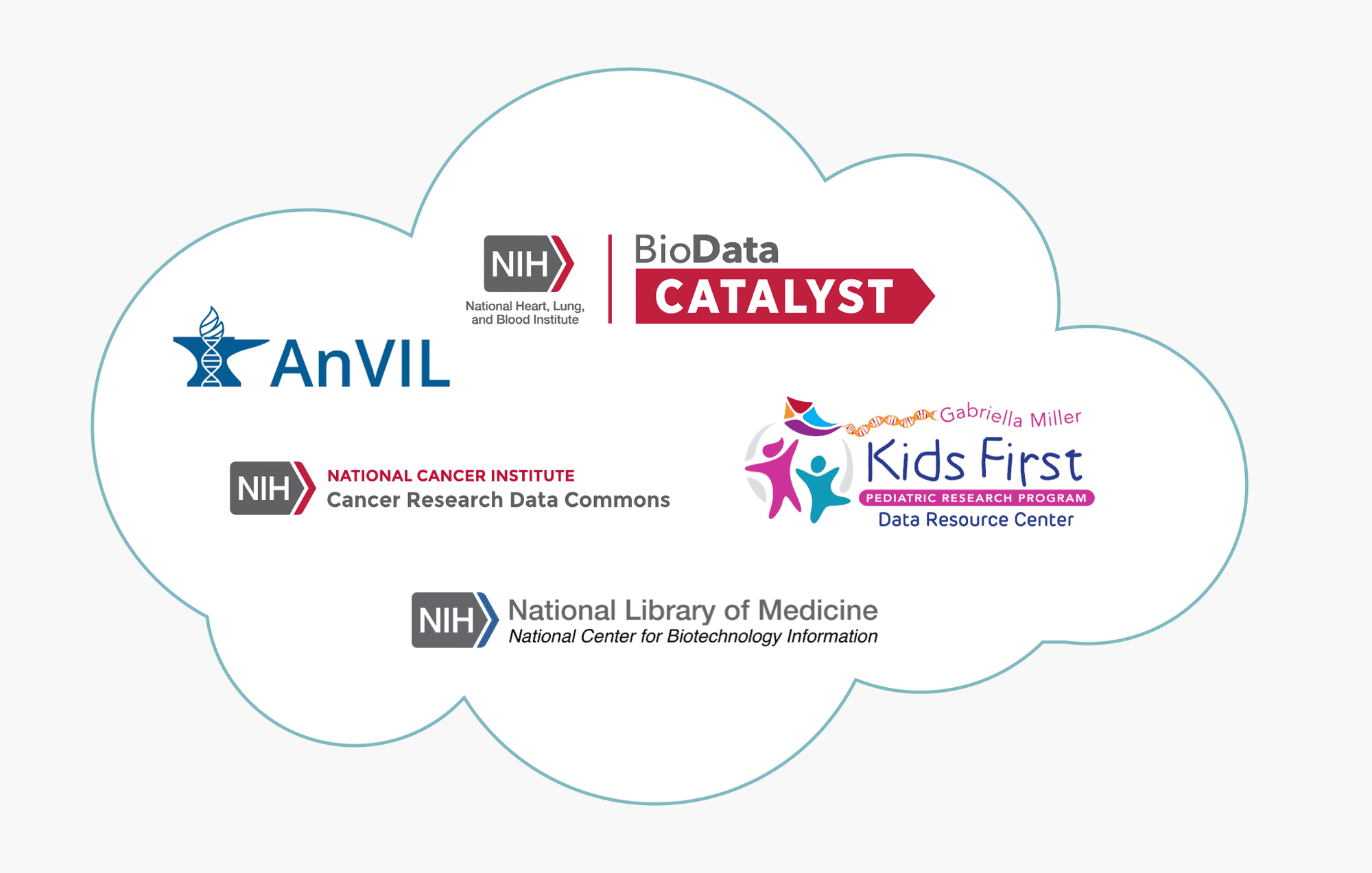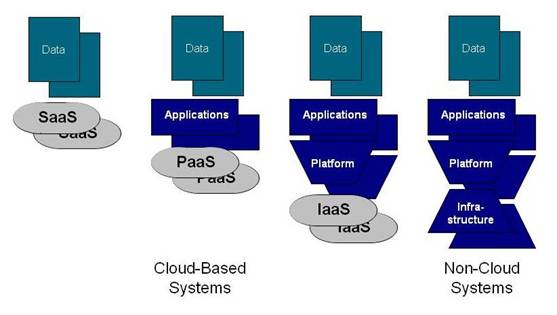Cloud Interoperability: How to Integrate Across Multiple Platforms

Introduction
Cloud computing has revolutionized the way businesses operate by providing scalable and flexible solutions for storing and accessing data. However, with the increasing number of cloud platforms available, it has become crucial for organizations to ensure interoperability between different cloud services. In this blog post, we will explore the concept of cloud interoperability and discuss strategies to seamlessly integrate across multiple platforms.
Understanding Cloud Interoperability
Cloud interoperability refers to the ability of different cloud platforms to communicate, exchange data, and work together seamlessly. It allows businesses to leverage the strengths of various cloud services while avoiding vendor lock-in and data silos. Interoperability ensures that applications, data, and services can be easily shared and accessed across different cloud environments.
The Challenges of Cloud Interoperability
While cloud interoperability offers immense benefits, it also presents several challenges. Some of the common obstacles include:
1. Different APIs and Protocols
Cloud providers often use different application programming interfaces (APIs) and protocols, making it difficult to establish interoperability. Developers need to understand and adapt to these variations to ensure smooth integration.
2. Data Migration
Moving data between different cloud platforms can be complex and time-consuming. Data formats, storage structures, and security measures may differ, requiring careful planning and execution to avoid data loss or corruption.
3. Security and Compliance
Ensuring data security and compliance across multiple cloud environments is a significant concern. Organizations must implement robust security measures and adhere to regulatory requirements while integrating their systems.
Strategies for Cloud Interoperability
1. Standardize APIs and Protocols
Cloud providers should work towards standardizing APIs and protocols to simplify interoperability. Industry-wide standards, such as RESTful APIs and OAuth, can help establish a common language for communication between different platforms.
2. Embrace Hybrid Cloud Solutions

Hybrid cloud solutions combine public and private clouds, allowing organizations to leverage the benefits of both. By adopting a hybrid approach, businesses can integrate their existing.
Summary
Cloud interoperability refers to the ability of different cloud platforms to work together and exchange data seamlessly. It allows businesses to leverage the strengths of various cloud services while avoiding vendor lock-in and maximizing flexibility. To achieve cloud interoperability, organizations can adopt several approaches:
- Standardization: Following industry standards and protocols, such as OpenStack or Cloud Foundry, can facilitate interoperability between different cloud platforms.
- API Integration: Utilizing Application Programming Interfaces (APIs) provided by cloud service providers enables seamless communication and data exchange between platforms.
- Data Integration: Implementing data integration techniques, such as ETL (Extract, Transform, Load) processes or data virtualization, allows for unified access and management of data across multiple cloud platforms.
- Containerization: Using containerization technologies like Docker or Kubernetes can simplify the deployment and management of applications across different cloud environments.
By embracing cloud interoperability, businesses can avoid vendor lock-in, optimize resource utilization, and enhance overall operational efficiency. It enables organizations to choose the best cloud services for their specific needs and easily integrate them into their existing infrastructure.
In conclusion, cloud interoperability is essential for organizations seeking to leverage the benefits of multiple cloud platforms. By adopting standardization, API integration, data integration, and containerization strategies, businesses can achieve seamless integration across various cloud services her comment is here . Embracing cloud interoperability empowers organizations to build a flexible and scalable cloud ecosystem that meets their unique requirements.
- Q: What is cloud interoperability?
- A: Cloud interoperability refers to the ability of different cloud platforms to seamlessly communicate and work together, allowing data and applications to be easily shared and integrated across multiple platforms.
- Q: Why is cloud interoperability important?
- A: Cloud interoperability is important because it enables businesses to leverage the strengths of different cloud platforms, avoid vendor lock-in, and create a more flexible and efficient IT infrastructure.
- Q: How can I achieve cloud interoperability?
- A: Cloud interoperability can be achieved through the use of standardized protocols, APIs (Application Programming Interfaces), and technologies such as containers and virtualization. It is also important to choose cloud providers that support interoperability and offer integration tools.
- Q: What are the benefits of cloud interoperability?
- A: The benefits of cloud interoperability include increased flexibility, scalability, and cost-effectiveness. It allows businesses to easily migrate and integrate applications and data across different platforms, leading to improved collaboration, innovation, and agility.
- Q: What challenges are associated with cloud interoperability?
- A: Some challenges of cloud interoperability include differences in APIs and data formats, security and privacy concerns, and the complexity of integrating diverse cloud platforms. It requires careful planning, coordination, and the use of compatible technologies.
- Q: How can I ensure data security and privacy in a multi-platform cloud environment?
- A: To ensure data security and privacy, it is important to implement strong access controls, encryption, and authentication mechanisms. Regular security audits, compliance with industry standards, and clear data governance policies are also essential.

Hello, I’m Brayden Denman, a passionate and experienced Mobile App Developer specializing in Cloud Computing, Software Development, Mobile App Integration, and AI & Machine Learning. With a strong background in these fields, I strive to create innovative and user-friendly solutions that meet the ever-evolving needs of businesses and individuals.
Introduction Cloud computing has revolutionized the way businesses operate by providing scalable and flexible solutions for storing and accessing data. However, with the increasing number of cloud platforms available, it has become crucial for organizations to ensure interoperability between different cloud services. In this blog post, we will explore the concept of cloud interoperability and…

Hello, I’m Brayden Denman, a passionate and experienced Mobile App Developer specializing in Cloud Computing, Software Development, Mobile App Integration, and AI & Machine Learning. With a strong background in these fields, I strive to create innovative and user-friendly solutions that meet the ever-evolving needs of businesses and individuals. Read More.
Recent Posts
- Challenges in Cross-Platform Digital Asset Search and Retrieval
- The Role of AI in Enhancing Digital Asset Retrieval
- Implementing Automation in Digital Asset Recovery Processes
- Digital Asset Retrieval: Addressing Security and Privacy Concerns
- Optimizing Metadata for Quicker Digital Asset Discovery
- Overcoming Barriers in Searching and Accessing Digital Assets
- Best Practices for Efficient Digital Asset Retrieval
- Harnessing the Power of Deep Learning: A Beginner’s Guide
- Scalability Issues in Large-Scale Machine Learning Projects
- Navigating the Ethical Challenges of AI Implementations
